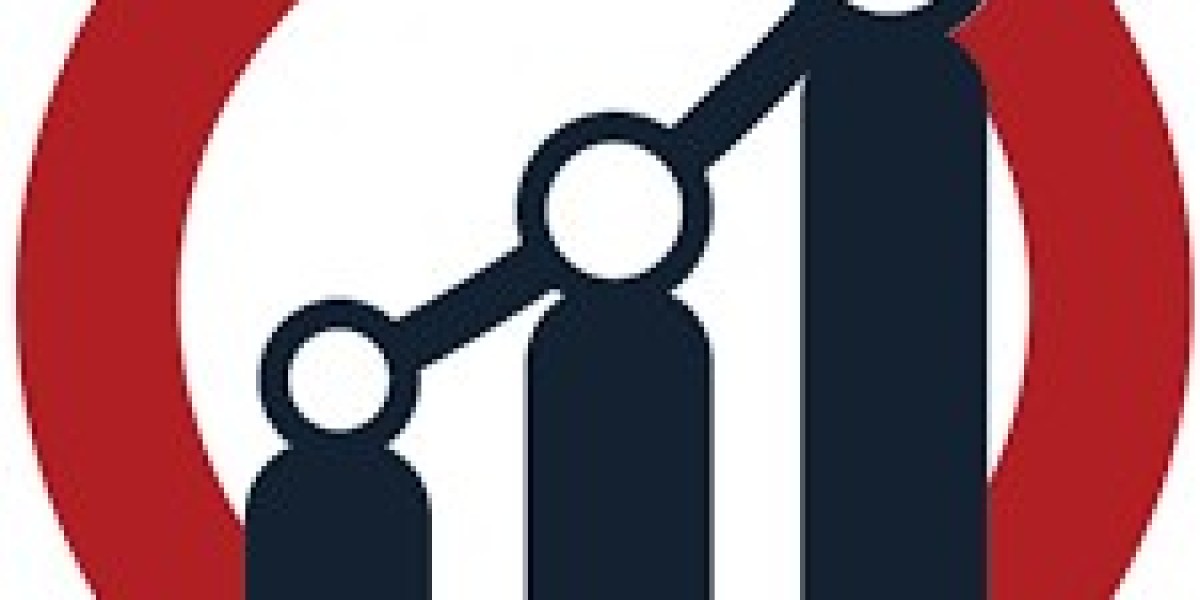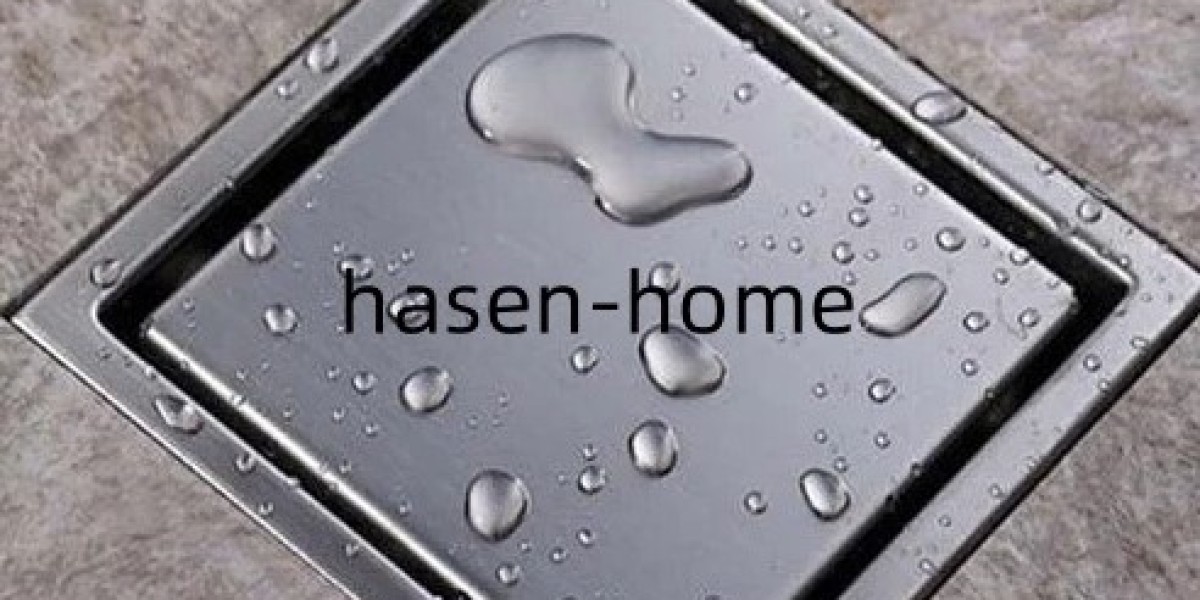Level Sensors: Monitoring Precision in Industrial Fluid & Material Management
In modern industrial processes, accurate measurement of liquid or solid levels in tanks, silos, and containers is critical. From preventing tank overflows to automating refills in pharmaceutical plants or oil refineries, Level Sensors Market Growth serve as vital tools for maintaining safety, efficiency, and product quality.
As industries embrace automation and smart monitoring systems, the demand for advanced, reliable, and real-time level sensing technologies continues to rise.
What Is a Level Sensor?
A Level Sensor is a device that detects and measures the level of liquids, powders, or granular materials within a given space—such as a tank, pipeline, hopper, or reservoir. It provides continuous or point-level information, helping operators monitor and control material flow in industrial, commercial, and even consumer applications.
Types of Level Sensors
Level sensors can be broadly categorized based on measurement method and application environment.
1. Contact Type Sensors
Float Switches: Use buoyant floats to detect the surface level.
Capacitive Sensors: Measure level changes based on variations in capacitance.
Conductive Sensors: Detect changes in electrical conductivity of the fluid.
Ultrasonic (with contact): Use sound waves through media for level detection.
2. Non-Contact Type Sensors
Ultrasonic Sensors: Emit sound waves and measure echo time to detect fluid level.
Radar (Microwave) Sensors: Ideal for harsh environments; work even with dust, vapor, or foam.
Laser Level Sensors: Offer precise point-level measurement for narrow or transparent containers.
Optical Sensors: Detect level changes based on light refraction or reflection.
Vibrating Fork Sensors: Detect level based on change in vibration when immersed in material.
Key Applications
?️ Oil & Gas
Monitor fuel tanks, separators, and pipelines with explosion-proof level sensors.
? Chemical Processing
Track corrosive or reactive fluid levels using non-contact or PTFE-coated sensors.
? Water & Wastewater Management
Automate pumping stations, detect overflows, and maintain reservoir levels.
? Food & Beverage
Sanitary-level sensors measure milk, juices, or grains in compliance with hygiene standards.
? Pharmaceuticals
Precisely monitor ingredients and solutions in mixing tanks and sterile vessels.
? Bulk Material Handling
Track powder, cement, sand, or plastic pellets in silos and hoppers.
Benefits of Using Level Sensors
✅ Real-Time Monitoring: Avoid overflows, shortages, and downtime
✅ Automation-Ready: Easily integrated with PLCs, SCADA, and IoT platforms
✅ Improved Safety: Reduce manual tank inspections in hazardous areas
✅ Inventory Management: Enable predictive replenishment and stock control
✅ Maintenance Efficiency: Many sensors are self-cleaning and low-maintenance
Choosing the Right Level Sensor: Key Factors
Material Type: Liquid, slurry, solid, or foam
Tank Size & Geometry: Influences sensor placement and detection method
Operating Environment: Temperature, pressure, vibration, and corrosive elements
Accuracy Requirements: ± millimeter precision or general detection
Hygienic Standards: Especially for food, beverage, or pharma industries
Communication Protocols: Analog, 4-20 mA, Modbus, HART, Bluetooth, etc.
Market Growth Outlook
The global level sensor Market Growth is projected to grow at a CAGR of 6–8% from 2024 to 2032, driven by:
Industrial automation and process control expansion
Smart water and wastewater infrastructure development
Demand in oil, gas, and chemical industries for explosion-proof and corrosion-resistant sensors
IoT-based monitoring systems in agriculture, buildings, and logistics
Top Manufacturers in the Level Sensor Market Growth
Endress+Hauser
Siemens AG
VEGA Grieshaber
ABB
Emerson Electric (Rosemount)
Honeywell
KROHNE
ifm electronic
Yokogawa Electric Corporation
These companies offer a wide portfolio of level sensing technologies customized for various industrial needs, with increasing focus on digital connectivity, cloud analytics, and AI-powered diagnostics.
Future Trends
? Smart Level Sensors: IoT-enabled sensors for remote monitoring and predictive maintenance
? Battery-Powered Wireless Sensors: Ideal for remote and mobile tanks or field silos
⚙️ Self-Calibrating & Adaptive Sensors: Use AI to fine-tune performance based on media characteristics
? Cybersecure Sensors: With built-in encryption and authentication for critical infrastructure
♻️ Sustainability Focus: Low-energy consumption and recyclable sensor materials
Conclusion
In an increasingly automated and interconnected industrial landscape, Level Sensors are indispensable for precision, safety, and operational efficiency. From high-risk chemical environments to food-grade cleanrooms, these devices empower businesses to monitor and manage resources with confidence and control.
Whether integrating into legacy systems or building the foundation for smart factories, investing in modern level sensing solutions is essential for future-ready operations.
Read More



